If you are a content creator or video producer, you might always be on the outlook for resources that help improve your visual content. One such tool that streamlines your video sharing and editing process is Vimeo. The platform offers an extensive range of functions for users to craft and display optical masterpieces. In this article, we will have a detailed overview of what is Vimeo and how to utilize this platform.
Part 1. What Should You Know About Vimeo?
It is an online video-sharing and hosting platform that allows users to watch and share visual content with the world. Users can upload their media and record videos directly using Vimeo’s video recording utility. Moreover, various templates are offered by the platform to generate video instantly without starting from scratch. For people who want to learn what is Vimeo and how does it work, the platform offers a quick tutorial across the interface.

Key Features
- Besides uploading content, users can host an online event or webinar using this tool.
- It offers an extensive audio library, allowing users to add background music to their videos.
- As a viewer, you can download your preferred content to watch offline using this platform.
- Users also get the ability to enable and customize the captions of the video as per their requirements.
Part 2. Comparing the Best Video Sharing Platforms: Vimeo vs. YouTube vs. Dailymotion
While learning what does Vimeo do, you must know that the platform offers a subscription-based model instead of ad-driven monetization for revenue generation. YouTube is the largest video-sharing service, with over 2 billion users. It's designed for widespread audience engagement, making it the best choice for vloggers and brands that rely on ad revenue and sponsorships.
On the other hand, Dailymotion is a smaller-scale video platform that offers ad-based revenue and has a few restrictions on its content. The platform does not contain too much diverse content as compared to the competitors, but it is ideal for regional content and entertainment. After having an idea about these platforms, let us have a more thorough look at the differences with the comparison table below:
| Comparative Points | Vimeo | YouTube | Dailymotion |
|---|---|---|---|
| Video Quality | 4K Ultra HD | 4K Ultra HD | 1080p |
| Customization | Extensive customization with templates and overlays | Basic customization like thumbnails and captions | Limited customization |
| Ads | No Ads | Ads during videos | Ads during videos |
| Audience Reach | Limited to a professional audience | Global and large audiences reach | A smaller, regional audience |
| Monetization | Subscription-based | Ads revenue | Ads revenue |
Part 3. How to Use Vimeo: A Simple Guide
Once you have learned what is Vimeo for, you can use it to watch your favorite content. To learn how to do it, read the step-by-step guide provided next:
Step 1:To begin, head to the official site of Vimeo and log in to your account. If you do not have an already existing account, you can create one. Once you are on the platform’s homepage, locate the content to watch by scrolling or else use the search bar for a specific video title.

Step 2:Once the video is selected, start it using the Play button to watch. You can also download the video or add it to your watch list for future access. Furthermore, you can enable or disable captions and generate transcripts across the spoken words using the toolbar located at the bottom of the preview.

Bonus Tip. Convert Your Vimeo Video To Other Languages
Since you have learned what Vimeo is and generated a video, to make it accessible to a larger audience, you need to translate it into multiple languages. For this, you can use BlipCut AI Video Translator, as it offers accurate translation for your content in multiple languages. You can upload the edited video or paste the link to the online video directly to the interface for accurate translation.
Moreover, users can get text as well as audio translations of the uploaded content as per their preferences.
Other Features Offered By BlipCut AI Video Translator
-
AI Subtitle Generator: It automatically generates subtitles for your video in more than 140 languages, which you can create after learning what is Vimeo com.
-
AI Voice Cloning: You can add your own voice to the video translation as voiceover using the voice cloning utility offered by the platform.
-
AI Clip Maker: The tool instantly extracts the key moments in your video and generates compelling short clips with unique titles and summaries.
-
Text-to-Speech: Convert written text into spoken words and add the voice of your choice from a vast library of 1300+ voices.
Provided below are the steps for translating the video you created using Vimeo:
Step 1. Start by Opting For Video Translator
To begin, head to BlipCut AI Video Translator's official website and choose the Video Translator feature. Next, click on the Create Now button located within the interface to begin the process.

Step 2. Upload Your Video and Select the Languages
In the following interface, upload your edited video to the interface and expand the drop-down menu name Source Language to select the language. Next, use the Target Language drop-down menu to specify the language for translation. Once the settings are done, press the Translate button at the bottom to execute the process.

Step 3. Review The Translation and Export
Once the translation is generated in the next interface, review it by tapping the Play button within the preview window. Once you are comfortable with the results, head to the top-right corner and hit Export. Now, specify the required format for your output and press Export to save the video to your device successfully.

Part 4. FAQs on What is Vimeo?
Q1. Is Vimeo completely free to use?
A1: No, the platform is not completely free to use. However, it offers a free trial period, but to access all its features, you need a paid subscription.
Q2. Can you add subtitles to your video on Vimeo?
A2: Yes, Vimeo does offer the utility of generating subtitles, but the language support and accuracy are limited. For accurate subtitle generation in multiple languages, you can use BlipCut AI Video Translator.
Q3. Can you monetize your channel on Vimeo?
A3: You can monetize your channel on this video editing and streaming platform. But unlike YouTube, it follows a subscription-based monetization model instead of relying on ads.
Conclusion
To conclude, this article discussed what is Vimeo and how you can use it to generate and share videos. The article also suggested how to use BlipCut AI Video Translator for accurate translation of your generated videos. The tool uses advanced AI to detect the language in your content and generate accurate translations.
Leave a Comment
Create your review for BlipCut articles
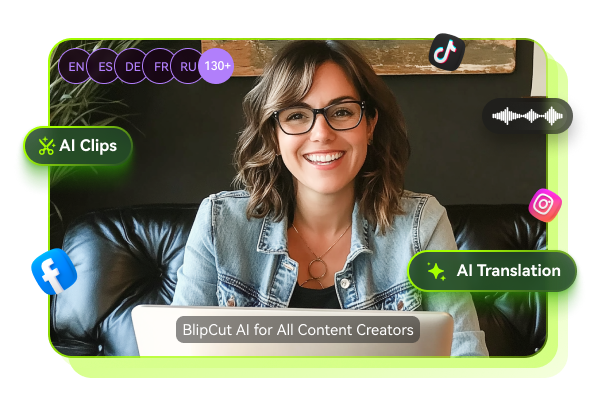


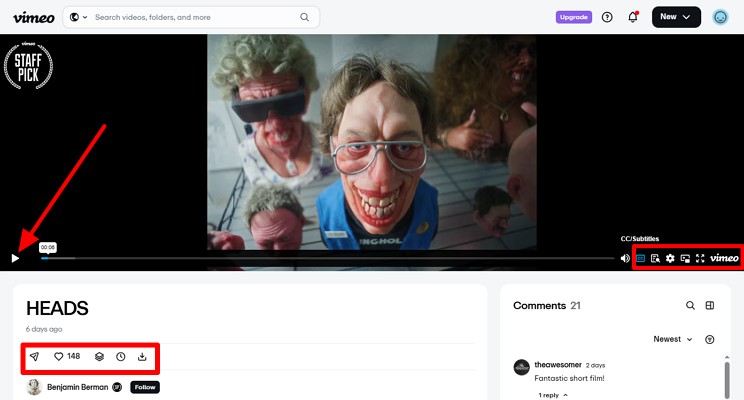



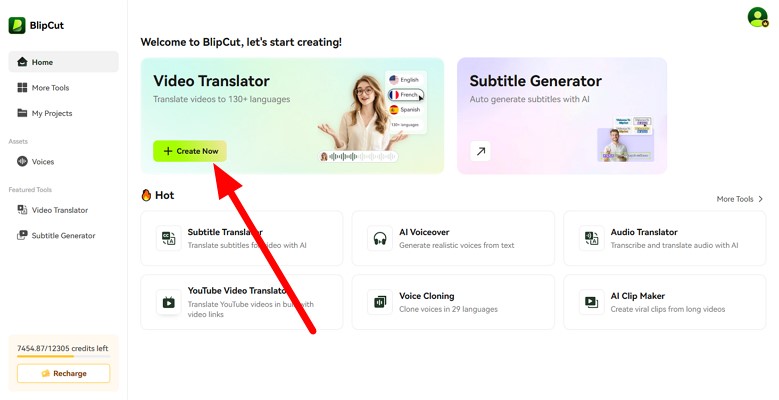
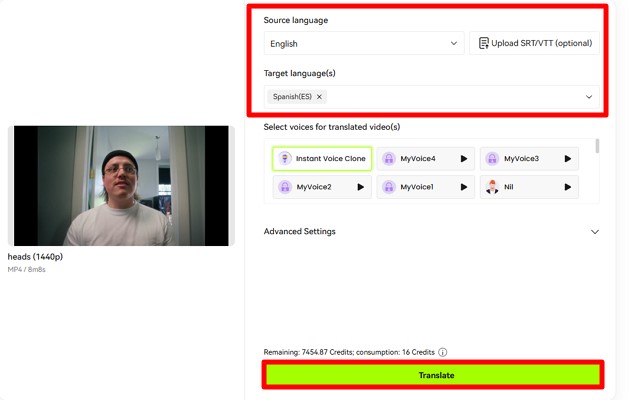
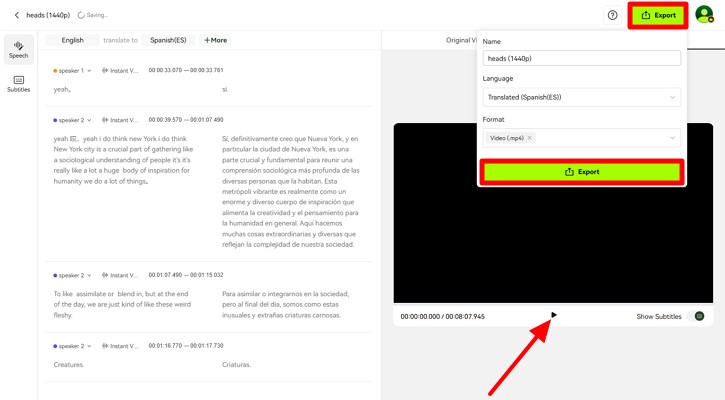



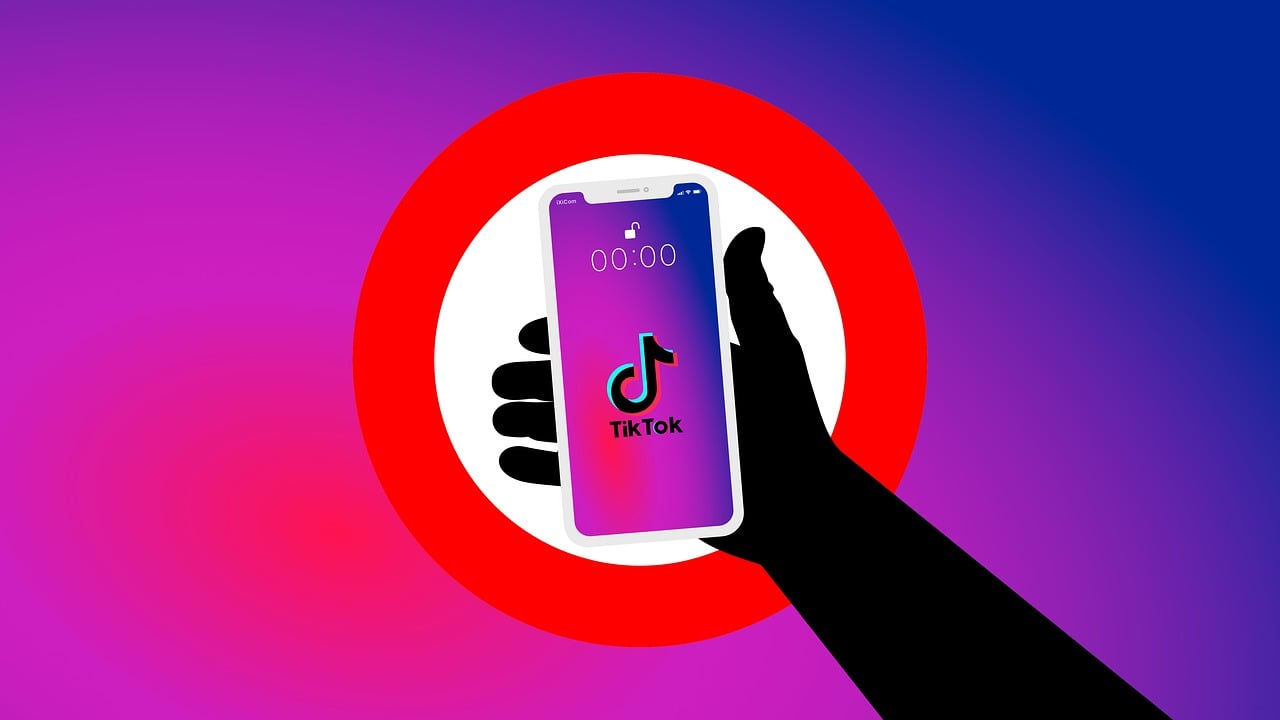

Blake Keeley
Editor-in-Chief at BlipCut with over three years of experience, focused on new trends and AI features to keep content fresh and engaging.
(Click to rate this post)